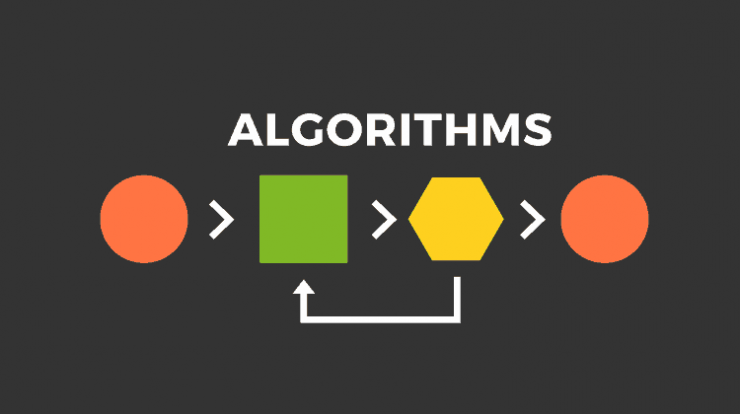Machine Learning Demystified: Understanding Algorithms and Applications
In the realm of artificial intelligence (AI), machine learning (ML) stands out as a transformative technology that enables computers to learn and improve from experience without explicit programming. This article serves as a comprehensive guide to demystifying machine learning, exploring its fundamental concepts, various algorithms, real-world applications, and implications for the future.
What is Machine Learning?
Machine learning is a subset of AI that focuses on the development of algorithms and statistical models that allow computers to perform tasks autonomously through learning from data. The core principle behind machine learning is to enable machines to recognize patterns in data and make decisions or predictions based on that data, without human intervention.
Key Concepts in Machine Learning
1. Supervised Learning
Supervised learning involves training a model on labeled data, where the algorithm learns to map input data (features) to the correct output (target) based on example input-output pairs. Common supervised learning algorithms include:
- Linear Regression: Predicts a continuous value based on input features.
- Logistic Regression: Classifies data into discrete categories based on input features.
- Support Vector Machines (SVM): Separates data points into classes using a hyperplane.
2. Unsupervised Learning
Unsupervised learning deals with unlabeled data, where the algorithm learns to find hidden patterns or structures in the data. Clustering and dimensionality reduction are common tasks in unsupervised learning:
- Clustering Algorithms: Group similar data points together into clusters (e.g., K-means clustering, hierarchical clustering).
- Dimensionality Reduction: Reduces the number of input variables while preserving the essential features of the data (e.g., Principal Component Analysis (PCA), t-Distributed Stochastic Neighbor Embedding (t-SNE)).
3. Reinforcement Learning
Reinforcement learning involves training an agent to make sequential decisions in an environment to maximize cumulative rewards. The agent learns through trial and error, receiving feedback in the form of rewards or penalties:
- Markov Decision Processes (MDP): Mathematical frameworks for modeling decision-making in reinforcement learning.
- Deep Q-Learning: Combines deep learning with reinforcement learning techniques to handle complex tasks.
Machine Learning Algorithms and Techniques
Machine learning encompasses a wide range of algorithms and techniques tailored to different types of tasks and data:
- Decision Trees and Random Forests: Tree-based models for classification and regression tasks.
- Neural Networks: Deep learning models inspired by the human brain, capable of learning complex patterns from large datasets.
- Natural Language Processing (NLP): Techniques for analyzing and generating human language, including sentiment analysis, language translation, and chatbots.
- Recommendation Systems: Algorithms that predict user preferences based on historical data, commonly used in e-commerce and content platforms.
Real-World Applications of Machine Learning
Machine learning has revolutionized numerous industries and domains, driving innovation and efficiency across various sectors:
- Healthcare: Diagnosis assistance, personalized treatment plans, and medical image analysis.
- Finance: Fraud detection, credit scoring, algorithmic trading, and risk management.
- Marketing: Customer segmentation, targeted advertising, and personalized recommendations.
- Transportation: Autonomous vehicles, route optimization, and predictive maintenance.
- Manufacturing: Predictive maintenance, quality control, and supply chain optimization.
Ethical Considerations and Challenges
As machine learning becomes more pervasive, it raises ethical concerns related to bias, transparency, privacy, and accountability. Algorithms trained on biased data can perpetuate inequalities, while opaque models can undermine trust and fairness. Addressing these challenges requires robust ethical frameworks, responsible data practices, and ongoing dialogue among stakeholders.
Future Trends in Machine Learning
Looking ahead, the field of machine learning is poised for continued evolution and innovation:
- Explainable AI: Developing models that provide transparent explanations for their decisions.
- Federated Learning: Training models collaboratively across decentralized devices while preserving data privacy.
- Edge AI: Bringing AI capabilities to edge devices, enabling real-time processing and decision-making.
- AI Ethics and Governance: Establishing guidelines and regulations to ensure ethical AI deployment and mitigate risks.
Machine learning represents a powerful paradigm shift in computing, enabling machines to learn and adapt from data to perform complex tasks autonomously. By understanding the principles, algorithms, applications, and challenges of machine learning, organizations can harness its transformative potential to drive innovation, enhance decision-making, and create value across diverse industries.
In summary, machine learning is not just a technological advancement but a catalyst for reshaping how we interact with data, solve complex problems, and envision the future of AI-driven innovation.






































